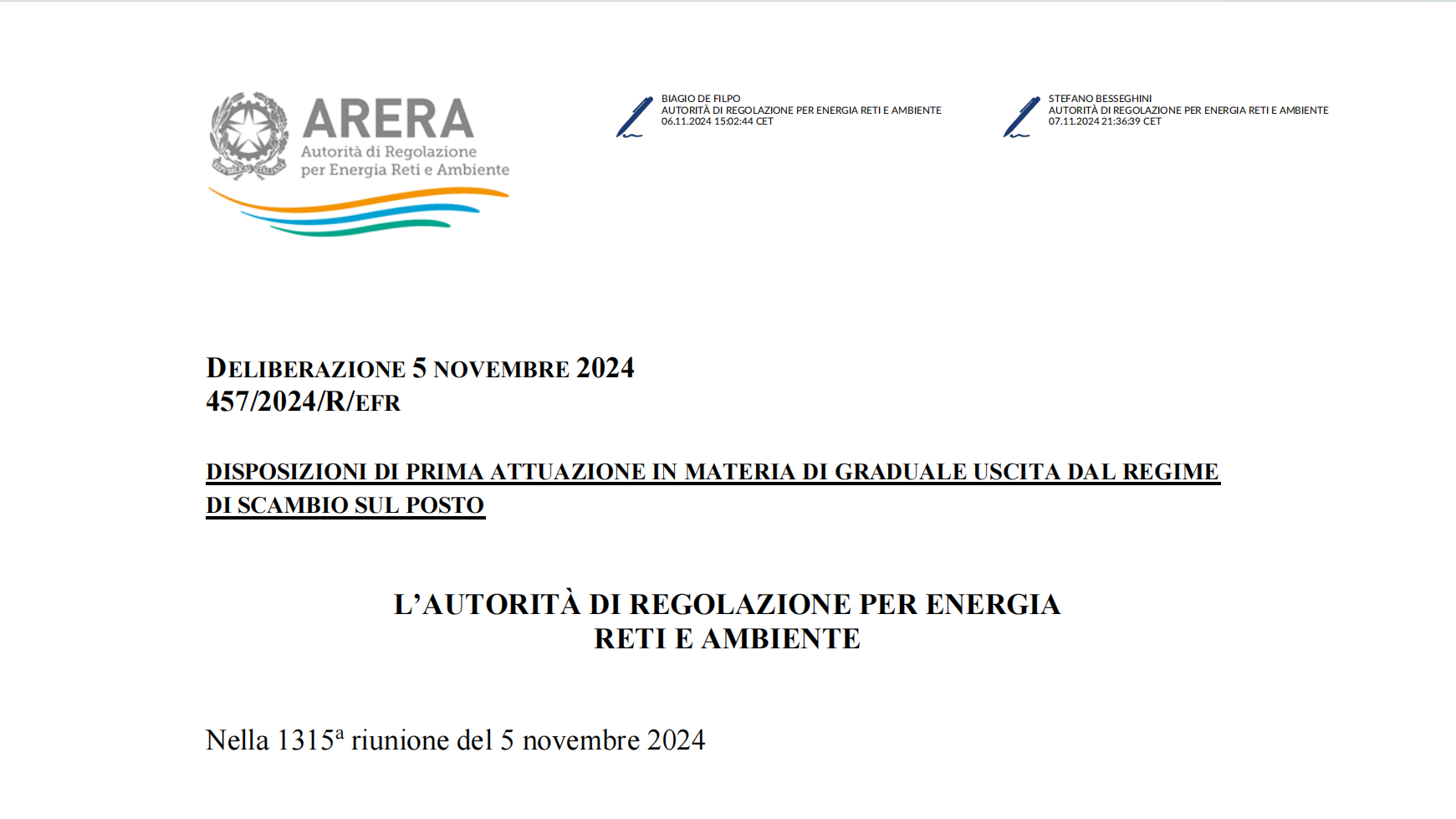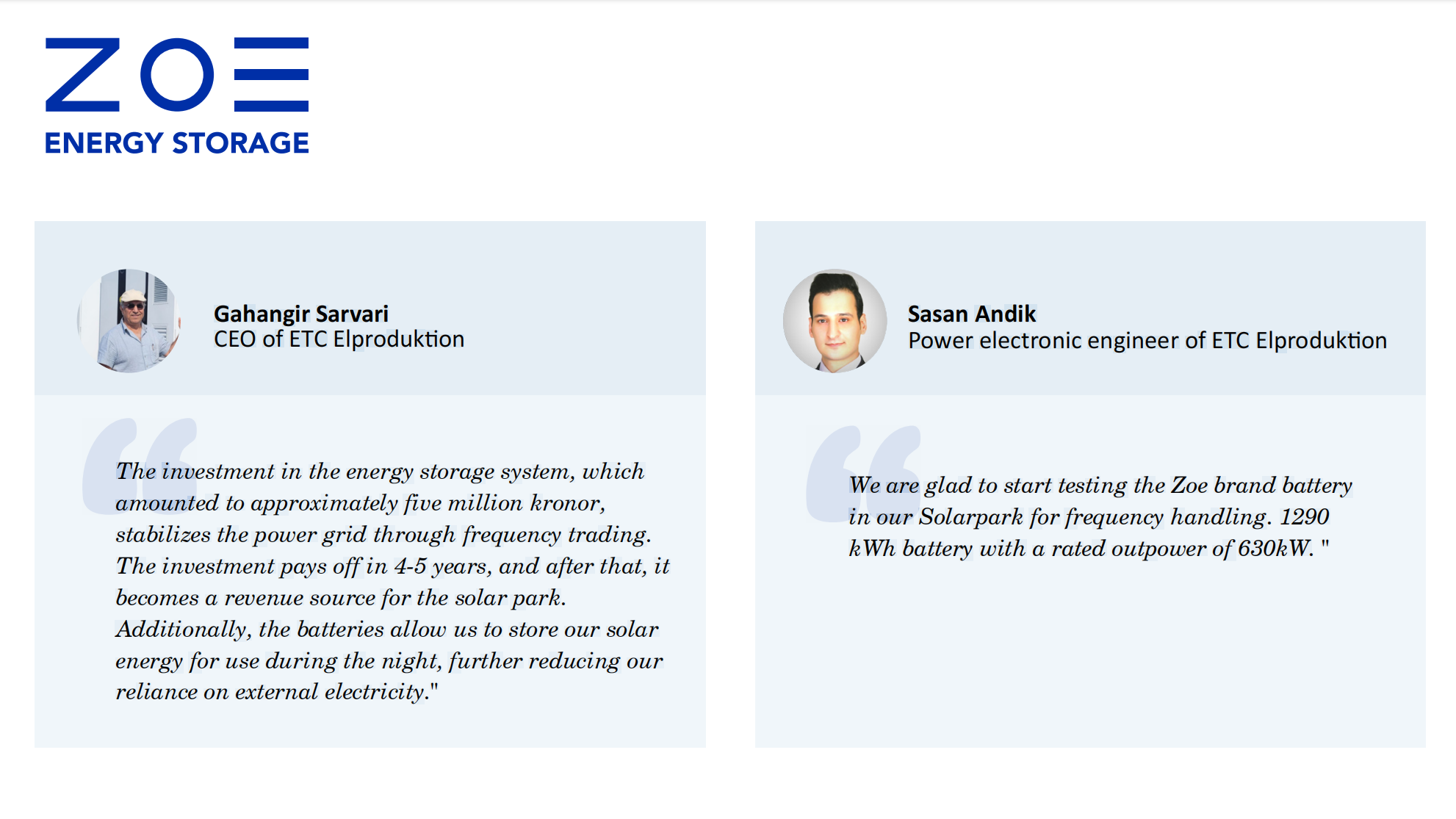2024-12-12
In November 2024, the Italian Energy Network and Environmental Regulatory Authority (Autorità di Regolazione per Energia Reti e Ambiente) released an important document outlining plans to discontinue feed-in tariff subsidies (SPP) for photovoltaic systems operating for more than 15 years. This move aims to align with the latest EU energy policy directives, modernize and decentralize Italy’s energy market, and encourage users to actively adopt energy storage systems.
However, this also means that many photovoltaic system owners will face a decline in the economic viability of their systems. Solar system owners now have two options: one is to upgrade existing photovoltaic equipment to requalify for subsidies, and the other is to install energy storage systems to enable self-consumption and reduce electricity costs. This article will explore the changes in photovoltaic subsidy policies and analyze whether energy storage systems can provide an economic solution for owners facing policy changes.

Since 2009, Italy has implemented the Scambio sul Posto (SSP) program, allowing photovoltaic system owners to feed surplus electricity into the national grid and receive financial compensation from the Italian Energy Services Manager (GSE). This mechanism has significantly contributed to the rapid growth of renewable energy, particularly photovoltaic power, in Italy.
However, as Italy’s photovoltaic installed capacity has increased, government subsidy expenditures have risen, placing considerable pressure on the national budget. The grid’s capacity to accommodate more photovoltaic power is also facing challenges.
In this context, ARERA has decided to stop providing feed-in tariff subsidies for photovoltaic systems that have been operating for over 15 years. According to a report from GSE, of the more than 1.1 million feed-in tariff agreements, approximately 67,000 will lose their eligibility after December 31, 2024, due to reaching the 15-year limit. An additional 76,000 agreements will reach the 15-year maximum by December 31, 2025, with newer agreements reaching this limit by December 31, 2039.

The withdrawal of subsidies will have a profound impact on Italy’s photovoltaic market. First, owners of photovoltaic systems will no longer be able to earn fixed income by selling electricity to the grid, especially for systems over 15 years old, many of which will face challenges such as equipment aging, reduced efficiency, and lower income from electricity sales. For these owners, adapting to the withdrawal of subsidies has become a pressing issue.
As the dependence on subsidies weakens, the economic viability of photovoltaic systems will increasingly depend on self-consumption, energy storage solutions, and fluctuations in market electricity prices. In other words, the economic benefits of photovoltaic systems will no longer be supported by fixed subsidies but will need to be realized through innovative energy management and technological improvements.
In response to the subsidy withdrawal, photovoltaic system owners have two main options:
1. Upgrade Photovoltaic Equipment: By replacing aging components like panels and inverters, an upgraded system can requalify for 15 years of feed-in tariff subsidies. This option is suitable for systems with significant performance degradation but involves higher costs and longer payback periods.
2. Install Energy Storage Systems: For systems still in good condition and operating efficiently, adding an energy storage system can maximize the remaining lifespan of existing equipment. It optimizes electricity usage, provides backup power, reduces reliance on the grid, and continues to improve the economic benefits of the system in the coming years.
Currently, energy storage systems offer significant economic advantages following the removal of subsidies.
First, energy storage systems provide a shorter payback period. Installation of energy storage is typically more straightforward than upgrading photovoltaic equipment, avoiding the need for complete dismantling and reconstruction. This reduces construction time and additional investment. By storing excess solar energy and using it during peak demand periods, energy storage systems can effectively reduce electricity costs during peak times, accelerating the return on investment. Compared to upgrading photovoltaic equipment, energy storage systems generally help owners recover costs in a shorter time and provide higher economic benefits.
Additionally, energy storage systems provide a more stable and reliable power supply, especially during grid fluctuations or outages. This stability is particularly important for industrial and commercial users, improving operational efficiency and preventing production losses due to power disruptions.
Moreover, energy storage systems enhance the intelligence of energy management. Through smart scheduling and real-time monitoring, users can control their power consumption more flexibly, achieving optimal energy efficiency and maximizing returns. This not only meets economic objectives but also aligns with sustainable development goals by reducing carbon emissions, making energy storage a more flexible, cost-effective, and sustainable solution.

ZOE Energy deployed a 1.29 MWh photovoltaic and storage solution at ETC Solpark in Katrineholm, Sweden. ETC Solpark is a demonstration park dedicated to promoting renewable energy and sustainable technologies, equipped with numerous photovoltaic systems with a total capacity exceeding 4 MW. However, as solar capacity expanded, the park faced challenges related to energy absorption and power balance.
To address these challenges, ETC Solpark partnered with ZOE to deploy six 215 kWh Z BOX-C BESS units, which store excess solar energy during peak production periods and release it during demand peaks or at night, reducing waste and alleviating grid pressure. The Z BOX-C also supports grid services such as FCR-D and FFR, providing flexibility to adapt to market changes and enhance profitabilit

Our clients have praised the economic benefits of ZOE’ s storage systems, expressing satisfaction with the investment and potential returns. This successful case highlights the reliability and economic advantages of photovoltaic-storage integration, providing valuable reference for other owners facing similar challenges.



2024 ZOE All Rights Reserved. 沪ICP备2023013208号-1 BY VTHINK